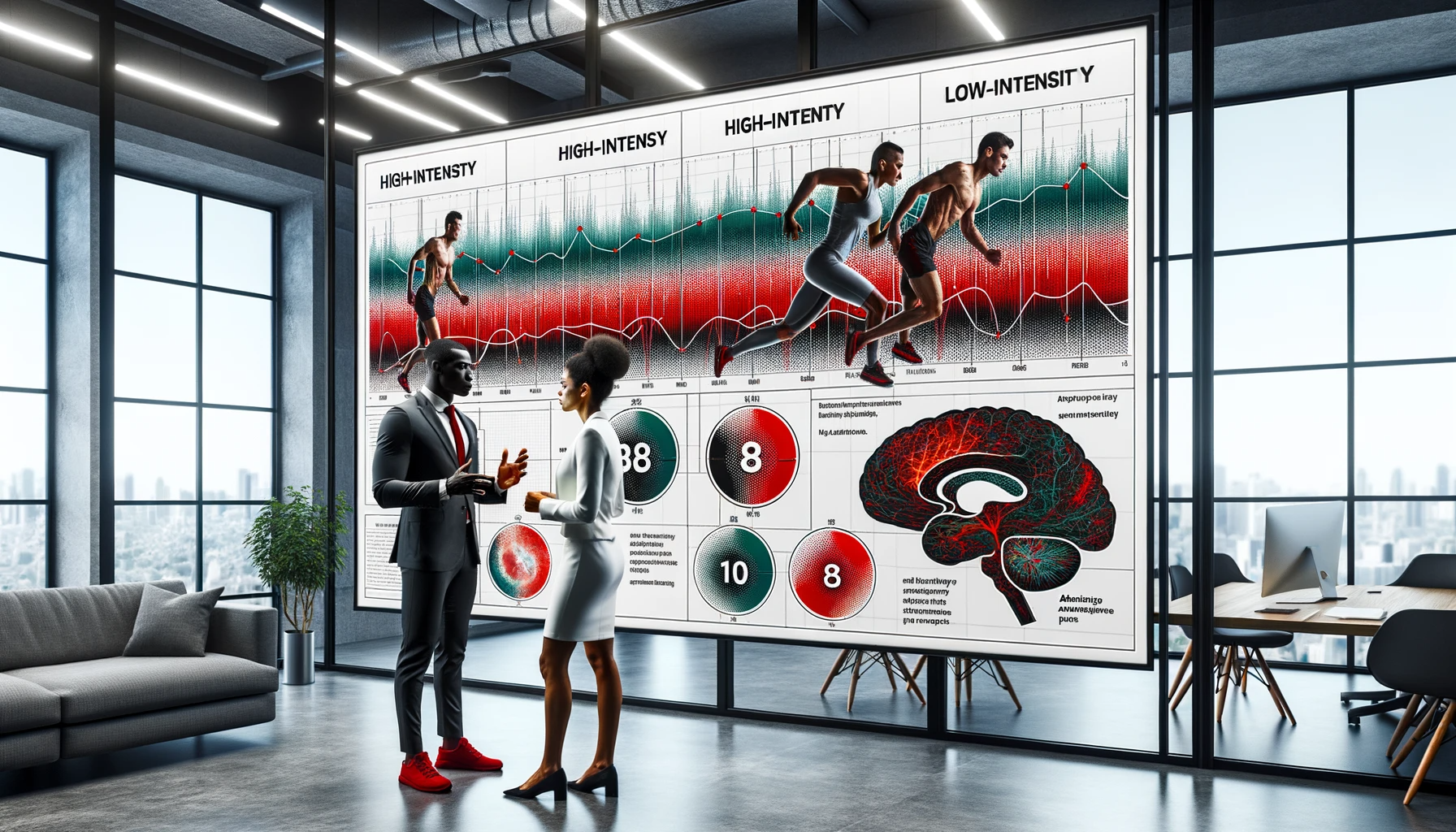
Use this framework to run your schedule like a high performer.
📗 Framework Details
The "High-Low Peak Performance Framework" is inspired by the groundbreaking "High-Low Training Model" introduced by Charlie Francis, a trailblazer in the world of Olympic sprint training. At its core, this model revolves around the intelligent division of high-intensity and low-intensity workdays, with a deliberate avoidance of medium-intensity days.
This innovative approach is not just about optimizing physical exertion, but also about tapping into the brain's adaptability to stress patterns. By clarifying work intensity, teams can send unmistakable signals to their cognitive frameworks, maximizing output on high days and truly rejuvenating on low days. By emulating this model from elite sports, businesses can harness the dual power of peak performance and sustainable well-being.

📗 Implementation Steps
Intensity Assessment: Start with a clear understanding of tasks and projects. Categorize them based on their demand levels - high or low.
Week Division Strategy: Structure the team's week into distinct high-stress and low-stress days. Consolidate high-intensity tasks into specific days, ensuring a concentrated burst of productivity.
High-Intensity Model: On high-stress days, the focus is absolute. These are the days for tackling major tasks, brainstorming, and problem-solving sessions. It's about pushing limits and achieving breakthroughs.
Low-Intensity Model: Contrary to high-stress days, low-stress days are reserved for routine tasks, team bonding, creative exploration, and self-care. The aim is to rejuvenate and reset.
Feedback Loop: Introduce a feedback mechanism to gauge the effectiveness of the high-low model. Understand from the team if the highs feel adequately challenging and if the lows offer enough recuperation.
Iterative Adaptation: Based on feedback, make necessary adjustments. Perhaps a task initially deemed high-intensity is better suited for a low day or vice-versa.
Performance Monitoring: Keep an eye on team output and well-being. The ultimate goal is improved efficiency, innovation, and a reduction in burnout and fatigue.
📗 Kick-off Steps
Task Categorization: Initiate a team session to categorize tasks based on their intensity.
Calendar Mapping: Once tasks are categorized, map them onto the team's calendar, designating specific high and low days.
Team Alignment: Ensure the team is aligned, understands the purpose, and is prepared to embark on this high-low journey.
📗 Team Examples
Sales Team Play: High days could be for pitching to clients, while low days might be for internal training and team meetings.
R&D Team Tactic: High days can involve intensive research and experiments, whereas low days could focus on literature reviews and knowledge sharing.
Customer Support Strategy: High days can be for addressing critical client issues, while low days could be for team training and process documentation.